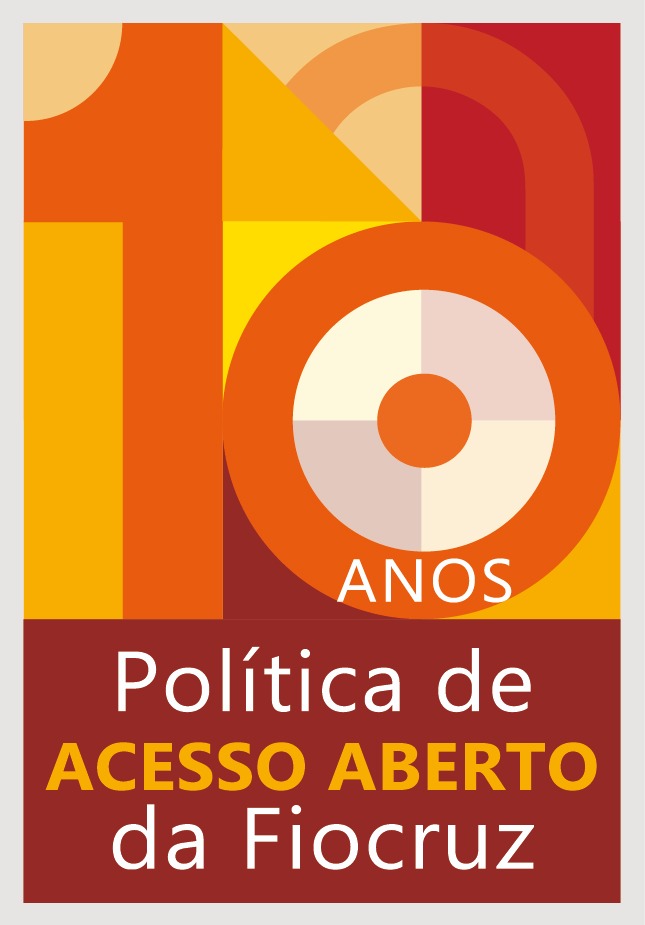[In the press] What is going to happen when the coronavirus hits the slums?
17/03/2020
Published originally on Projeto Colabora | Agostinho Vieira
Ten out of ten infectologists in the planet believe that one of the basic actions to avoid contamination by the Covid-19, more commonly known as coronavirus, is to stay away from large groups of people. This has led to the cancellation of numerous events such as sports events, concerts, conventions, and lessons in schools and universities. Even the healthy habit of going to the cinema has turned into a risky action. Now, what happens when you spend 365 days a year living in the middle of a crowd? This is the reality of the slums of Rio and other Brazilian cities: Rocinha, Maré, Casa Amarela and Paraisópolis are just a few examples of these communities. IBGE itself classifies these urban areas as “subnormal agglomerates”, due to the prevalence of minimum conditions of living, basic sanitation, and health.

Bring together a subnormal agglomerate and a novel highly contagious virus that has been spreading like wildfire. What can we expect to happen? For Fiocruz public health physician, Valcler Rangel, this is a time bomb that needs to be disarmed immediately. He defends equality in the prevention and control measures for the coronavirus, treating in a different way people and places that are different. “Many of the measures being adopted or recommended, all of them correct and necessary, are not accessible to these populations living in the slums of Rio or São Paulo, for instance. Cleaning their hands with hand sanitizer, using paper tissues, isolating sick people in a separate room... How do you quarantine someone in one-room homes with several inhabitants sharing the same spaces, often without a bathroom?”, asks Dr. Valcler.
The reasoning of the Fiocruz specialist is relatively simple and obvious. As these communities house thousands of people living in subnormal conditions, to use the Brazilian Institute of Geography and Statistics (IBGE) term, the chances of having an aggressive virus such as Covid-19 proliferation in such a context is huge. “We can’t say yet how the coronavirus is going to behave in Brazil. We don’t want to spread panic, but it’s also a fact that the poorest population will be more affected than the middle class”, he explains. A recent survey showed that the Maré community alone, located near Fiocruz, is the home of more than 10,000 elderly people (above 65 years of age), the public that is most at risk when it comes to the coronavirus.
Among the measures defended by the physician are the toppling of the 95 Amendment, a law that limits government expenses in Brazil, and the immediate release of 5 billion Brazilian reais to the Public Health System. “This is a special moment that requires special measures”. He strongly recommends a differentiated focus on these communities, with health agents doing more visits, identification of more risk areas, more beds, and some kind of priority at the Public Health System for people who live in these urban agglomerates. “When the government decides to close schools, for instance, this makes slums even more crowded, increasing the risk of contamination.”
Valcler Rangel mentions other viral diseases that are still very much present in Brazil and in these communities, such as dengue fever, chikungunya, zika and measles. This all makes a complicated situation even worse. The Rocinha slum, located in Rio’s southern area, has more than 100,000 inhabitants, and it is still one of the areas with the highest rate of tuberculosis in Brazil. According to WHO, Rocinha has more than 300 cases of tuberculosis per 100,000 inhabitants, a rate 11 times higher than the national average. An additional indicator of inequality in Brazilian cities, which can now become even more evident due to a virus firstly reported in China.


